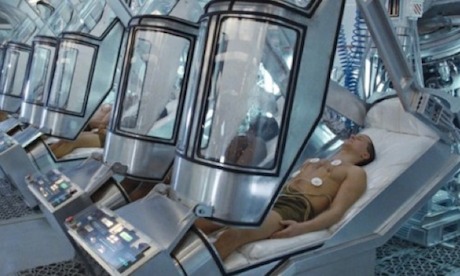Doctors will try to save the lives of 10 patients with knife or gunshot wounds by placing them in suspended animation, buying time to fix their injuries
Neither dead or alive, knife-wound or gunshot victims will be cooled down and placed in suspended animation later this month, as a groundbreaking emergency technique is tested out for the first time.
Surgeons are now on call at the UPMC Presbyterian Hospital in Pittsburgh, Pennsylvania, to perform the operation, which will buy doctors time to fix injuries that would otherwise be lethal.
“We are suspending life, but we don’t like to call it suspended animation because it sounds like science fiction,” says Samuel Tisherman, a surgeon at the hospital, who is leading the trial. “So we call it emergency preservation and resuscitation.”
The technique involves replacing all of a patient’s blood with a cold saline solution, which rapidly cools the body and stops almost all cellular activity.
“If a patient comes to us two hours after dying you can’t bring them back to life. But if they’re dying and you suspend them, you have a chance to bring them back after their structural problems have been fixed,” says surgeon Peter Rhee at the University of Arizona in Tucson, who helped develop the technique.
The benefits of cooling, or induced hypothermia, have been known for decades. At normal body temperature – around 37 °C – cells need a regular oxygen supply to produce energy. When the heart stops beating, blood no longer carries oxygen to cells. Without oxygen the brain can only survive for about 5 minutes before the damage is irreversible.
However, at lower temperatures, cells need less oxygen because all chemical reactions slow down. This explains why people who fall into icy lakes can sometimes be revived more than half an hour after they have stopped breathing. Continue reading.
Source: New Scientist
Image: Business2community
